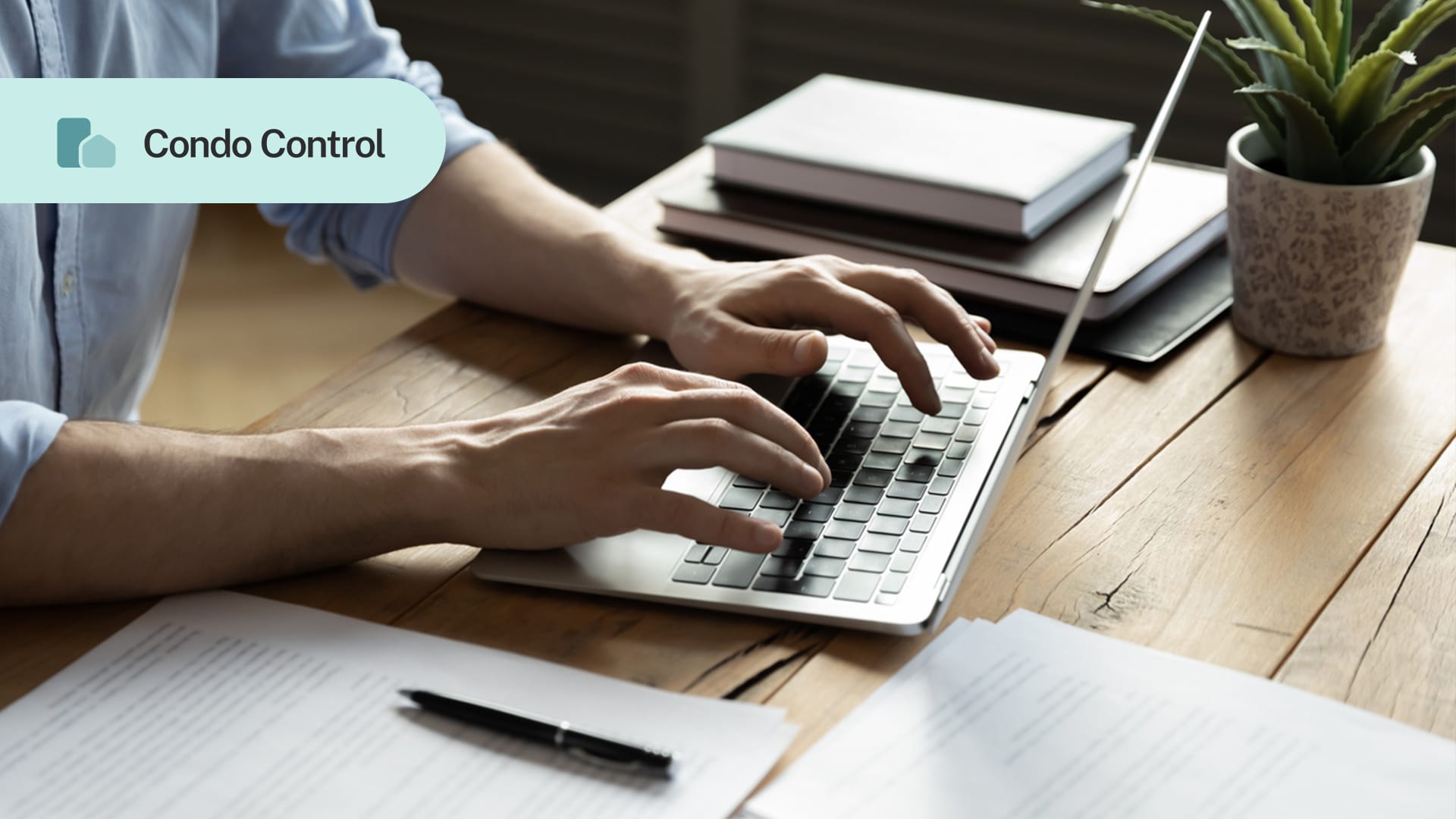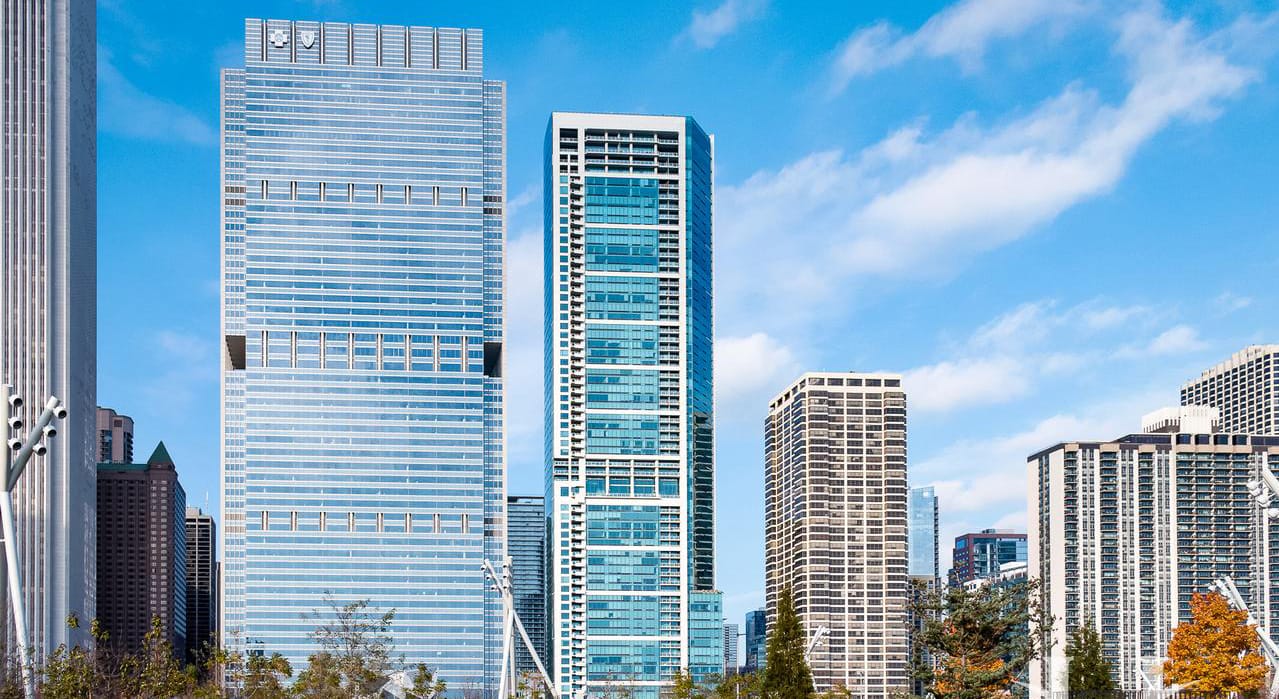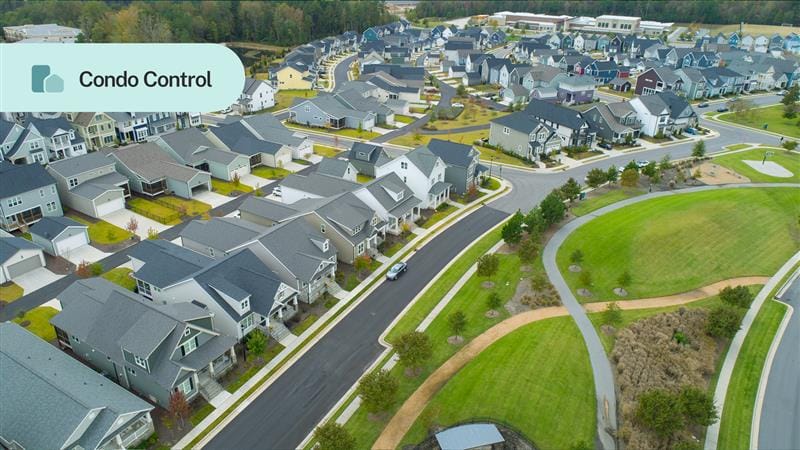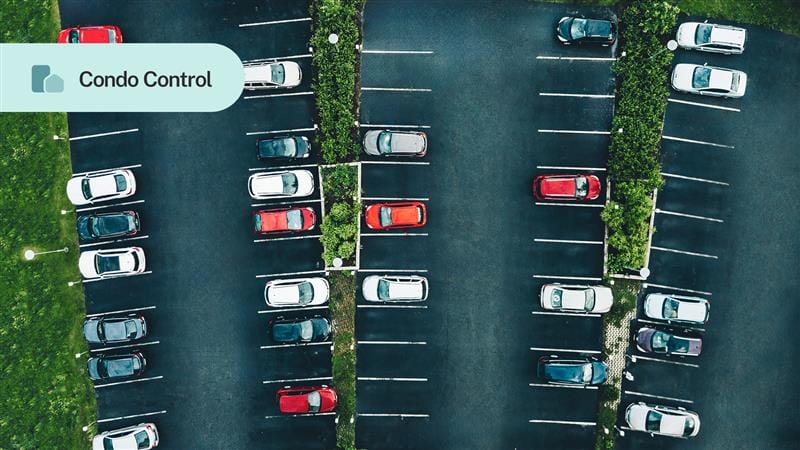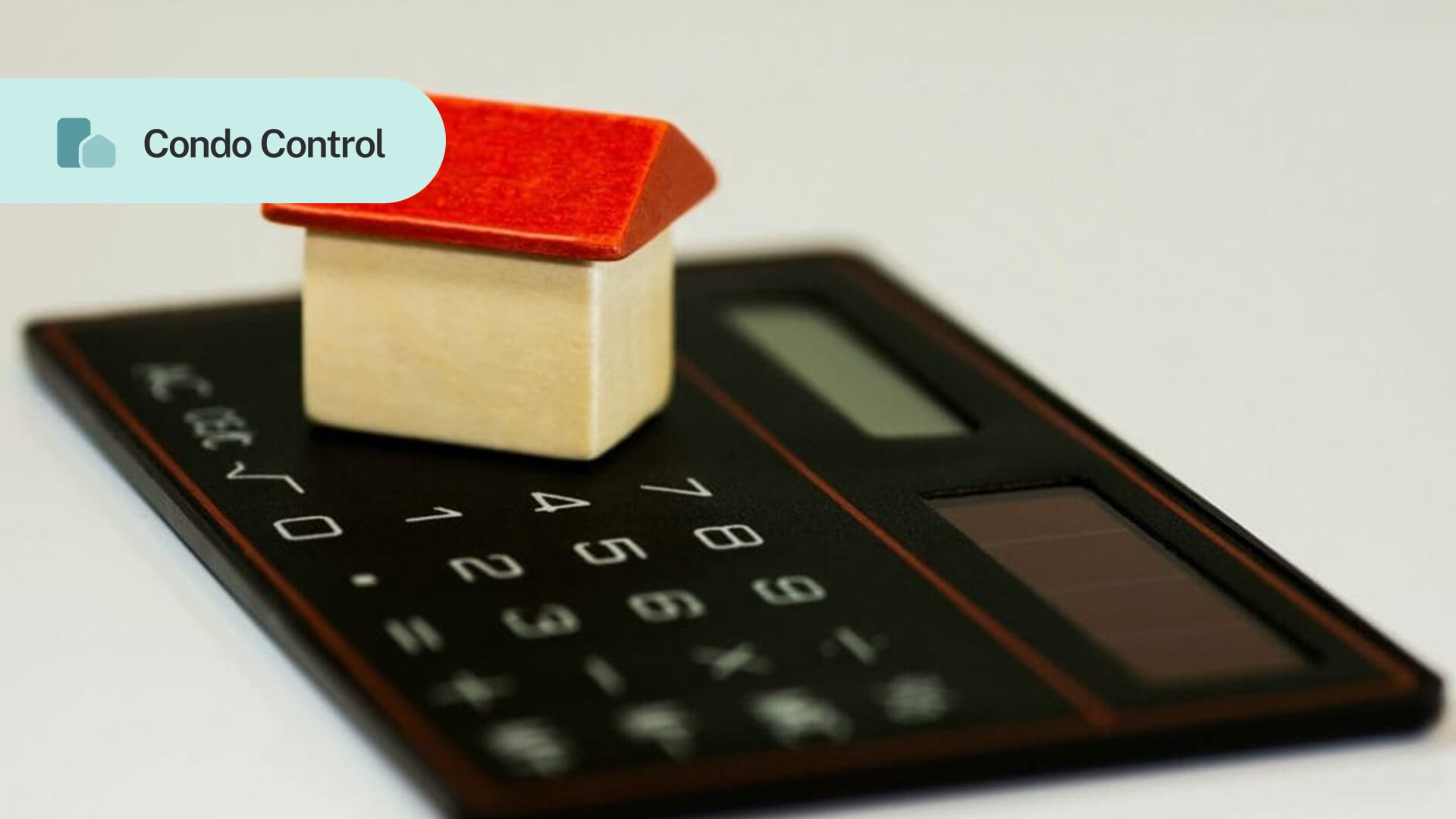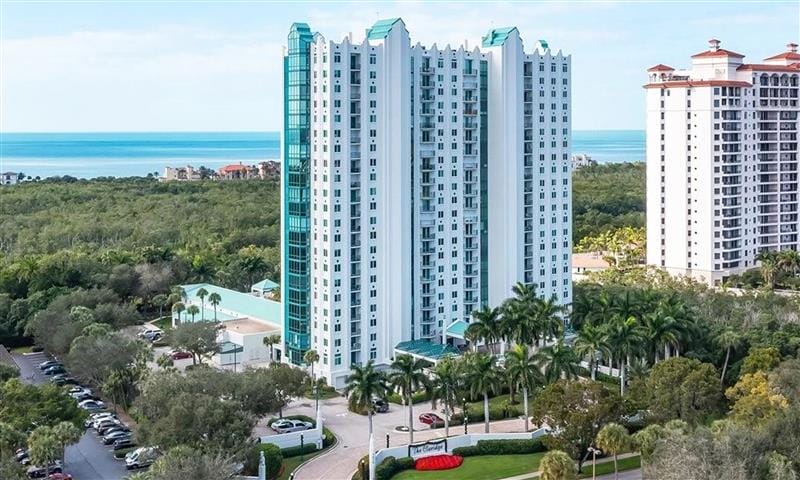One of the best things about living in a governed community is the access to amenities. Some HOAs, especially larger communities, have fitness centers, golf courses, pools, play areas, dog parks, tennis courts, and more available for owners.
While these amenities aren’t free (money from HOA dues is used to pay for regular cleaning and maintenance), people do appreciate not having to do the upkeep themselves. That’s management’s job.
Table of contents
- Why allow guests to use amenities?
- Managing amenities and guests simultaneously
- Create guest policies for amenities
- Leverage technology to manage amenities
The board is ultimately responsible for ensuring amenities are safe, functional and clean. But the manager is generally the one who arranges for inspections, schedules repairs, and handles day-to-day problems associated with shared amenities. As such, they are often the ones looking for the best ways to manage amenities without implementing too many limitations. That includes making recommendations about guests who visit to use shared amenities.
Why allow guests to use amenities?
Amenities make HOA communities more attractive, and can sometimes increase the community’s value.
But the weird thing about most amenities is that they are a lot more fun to use when friends or family are around to enjoy them. Management understands this, and it is a major reason why communities agree to let guests use the pool or tennis court; it makes owners happier.
Nevertheless, everyone should check the HOA’s governing documents first before inviting non-members over for a swim. There are usually policies or rules for each amenity that will address restrictions.
There is no obligation for the association to provide amenity access to people who do not belong to the association, but privileges are often extended to members when they can follow and respect the rules.
Managing amenities and guests simultaneously
Ditch the paper! That is the best advice we could offer to boards, committees or managers trying to regulate guests coming into the community to use amenities.
Traditionally, management tries to juggle paper forms, cash payments and physical guest passes while also trying to ensure that amenities are not overflowing with extra people.
When the pool has exceeded capacity limits, or the same groups have been on the pickleball courts all afternoon, other owners (rightfully) become angry, and their problems become your problems.
But trying to verify that owners submitted the proper forms and payments for guest passes can be an absolute nightmare, especially when you are caring for a large community with multiple amenities.
Some communities hire extra staff to verify guest passes and ensure amenity rules are being respected. This solution can certainly help, but all too often, these staff also have to collect signatures on paper, or hold onto a bunch of guest passes. Their attention is divided between admin work and monitoring the area.
Even the most organized teams will have trouble managing amenities and guests if paper forms and cash payments are in the equation.
So how does one manage these things more effectively? Guest pass software is the answer. A digital guest pass system provides a convenient and secure way for residents to request, pay for, and issue single-use guest passes. Admins and security can also verify passes with a simple scan.

But before we get there, it’s important to note that HOAs also need clear guest policies in order for the technology to be effective. Without rules and structures in place, the software won’t do much good.
Create guest policies for amenities
Having an “open” policy for amenities could work well for a small community. But a community that has thousands of people will quickly run into capacity problems. Having too many people in a single space at the same time is not only a hazard, it’s an invitation to liability.
Different amenities will need different rules, but all policies should be as specific as possible. Furthermore, owners must know about the guest policies, and be able to access them when needed. Sharing policies on a portal or in a document library can assist with education and compliance.
Limit guest access
Establish rules for how many guests residents can have at an amenity at any given time. Often, it is two guests per household per day, but that number can be adjusted.
Putting a time limit on passes also helps to ensure everyone in the HOA gets a chance to enjoy the amenities.
Guest fees
Modest guest pass fees are useful for amenities that are frequently used or have a high maintenance cost. Fees can help regulate usage. Plus, this is a simple way to generate extra revenue for the association.
Guest parking
Don’t forget to address parking. Those extra vehicles will need to go somewhere. Either share instructions about where guests should park, or issue parking permits if there is guest parking in the association.
Consider seasonal adjustments
If you are in a state that gets all four seasons, owners will be extra enthusiastic about using outdoor amenities (especially the pool) when the weather gets nice. Consider extending hours of operation on summer weekends so that there is more time to enjoy these spaces.
Leverage technology to manage amenities
Regardless of how many guests your community receives, you can confidently oversee amenity usage with Condo Control’s guest pass solution.
What makes this tool different? Owners can download and pay for the passes on their own, freeing up dozens of hours for staff.
Moreover, once a pass has been purchased, the owner can share it with their guest ahead of time so that they have it on their phone, ready to go.
Management still has full control over how many passes are released for each amenity, how much they cost, and when they expire. And all of that messy paper? It’s gone thanks to the comprehensive online solution.
Keep owners and guests happy
Owners can purchase and send guest passes from anywhere, at any time. This reduces the back-and-forth of in-person sign-ups, and lets owners make plans with friends right away.
Control without having to micromanage
Management can maintain guest pass policies for smooth operations. For example, you can limit how many passes a household can purchase each month. Or, set expiration dates to prevent owners from “hoarding” passes.
Management can also require owners or guests to sign waivers electronically so that the HOA has a secure, time-stamped record of each guest’s acknowledgment of community rules and liability policies.
Modernized payment collection
By moving payment collection online, staff don’t have to deal with onsite cash payments. When it’s easy to pay online, owners are more likely to purchase guest passes.
Effective security and access control
Digital guest passes are so much easier to validate, and a lot harder to lose. Security simply scans a QR code or barcode, and guests can get on their way. There is no question about the validity of the pass, and at no time will security need to obtain money or signatures.
Each guest pass transaction is tracked electronically, creating comprehensive records of who has used the amenities.
Data for improvement
Real-time reporting gives administrators insights into how many passes were issued and how much money was collected from guest pass fees. This type of data can help with capacity planning and policy-making for the following year.
Conclusion
The best way to manage amenities and guest passes simultaneously is to take paper out of the equation. By using a digital solution like Condo Control’s guest pass feature, management can avoid all of the headaches that come with distributing physical guest passes, while still maintaining a high level of owner satisfaction.



